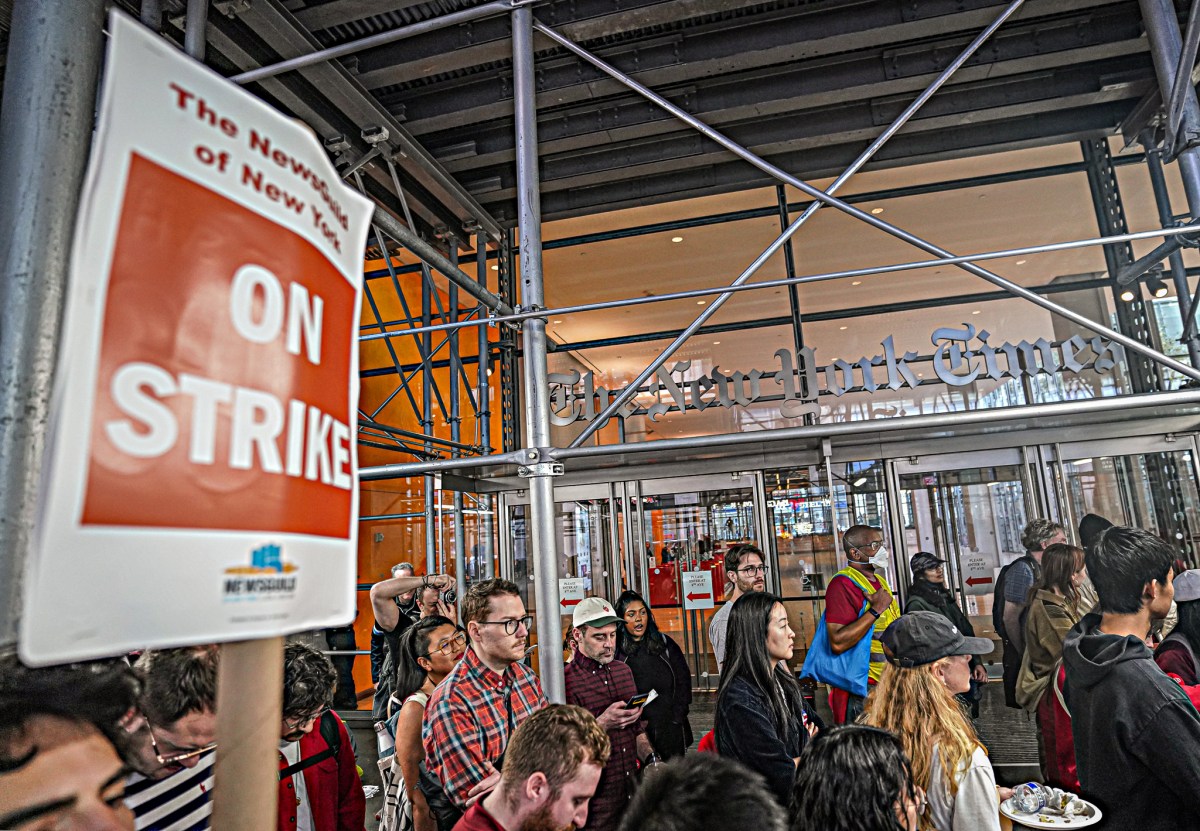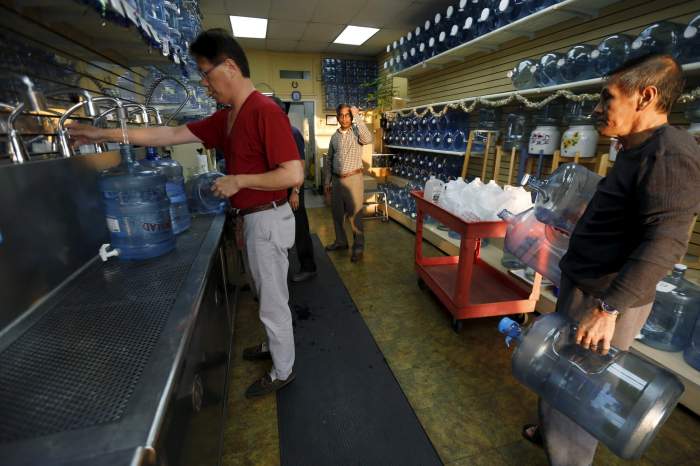By Lucia Mutikani
WASHINGTON (Reuters) – Sales of new U.S. single-family homes rebounded sharply in June, but sales for the prior three months were revised down, indicating that the housing market continued to tread water despite lower mortgage rates and a strong labor market.
Other data on Wednesday showed manufacturing activity slowing to a near 10-year low in early July, with production volumes and purchases falling. Weak housing and manufacturing are offsetting strong consumer spending, holding back the economy and posing a threat to the longest expansion in history.
Worries about slowing growth, especially tied to trade tensions between the United States and China, and weakness overseas are likely to encourage the Federal Reserve to cut interest rates next Wednesday for the first time in a decade.
The Commerce Department said new home sales rebounded 7.0% to a seasonally adjusted annual rate of 646,000 units last month. May’s sales pace was revised down to 604,000 units from the previously reported 626,000 units.
Data for March and April was also revised down. Economists polled by Reuters had forecast new home sales, which account for about 11% of housing market sales, increasing 6.0% to a pace of 660,000 units in June. New home sales are drawn from permits and tend to be volatile on a month-to-month basis. Sales increased 4.5% from a year ago.
“There is no evidence here to change the narrative that the response of the housing market to lower mortgage rates has been underwhelming,” said John Ryding, chief economist at RDQ Economics in New York. “The best description of home sales is that they have leveled out in the neighborhood of 620,000.”
The 30-year fixed mortgage rate has dropped to an average of 3.81% from a more than seven-year peak of 4.94% in November, according to data from mortgage finance agency Freddie Mac.
New home sales in the South, which accounts for the bulk of transactions, rose 0.3% in June to a 13-month high. Sales in the Midwest dropped 26.3% to their lowest level since September 2015. Sales in the West rebounded 50.4%, the biggest gain since August 2010, more than recouping May’s 38.5% plunge.
In the Northeast, sales dropped for the second straight month, hitting their lowest level in eight months.
While cheaper mortgage rates and the lowest unemployment rate in nearly 50 years are supporting demand for housing, expensive materials and land and labor shortages are constraining builders’ ability to produce sought after lower-priced homes. The median new house price was unchanged at $310,400 in June from a year ago. There were 338,000 new homes on the market last month, up 0.6% from May.
HOUSES TOO EXPENSIVE
“Half of today’s buyers are looking for homes under $288,000,” said Robert Frick, corporate economist at Navy Federal Credit Union in Vienna, Virginia. “The building industry is constrained by a lack of labor and lots zoned for building, so they tend to devote their resources to higher-margin houses.”
The housing market hit a soft patch last year and has since struggled to gain traction, with residential investment contracting for five straight quarters. A report on Tuesday showed home resales tumbled in June as tight supply pushed previously owned house prices to a record high.
While single-family homebuilding rebounded in June, permits increased moderately and continued to lag housing starts.
June’s largely weak housing data left economists anticipating that residential investment contracted again in the second quarter, contributing to an expected slowdown in economic growth last quarter.
According to a Reuters survey of economists, gross domestic product likely increased at a 1.8% annualized rate in the April-June quarter, moderating from the first quarter’s brisk 3.1% pace. The government will publish its snapshot of second-quarter GDP on Friday.
The dollar was little changed against a basket of currencies, while U.S. Treasury prices rose. Stocks on Wall Street were mixed after disappointing earnings from Caterpillar
The earnings reports from Caterpillar and Boeing underscore the manufacturing sector’s struggles. In a separate report on Wednesday, data firm IHS Markit said its Flash U.S. manufacturing PMI slipped to a reading of 50.0 in July, the lowest since September 2009, from 50.6 in June.
The reading is in line with the neutral 50.0 threshold, which IHS Markit said signaled stagnant manufacturing business conditions. Manufacturing, which accounts for about 12% of the U.S. economy, is being hobbled by an inventory overhang, especially in the automobile sector.
The U.S.-China trade tensions and weak global demand are also undercutting the sector.
IHS Markit said while production levels dropped slightly early this month, the rate of decline was the biggest since August 2009. It also noted that a decrease in factory employment had ended a six-year period of sustained job creation across the manufacturing sector.
The data firm said a downturn in the automotive sector and heightened global economic uncertainty were factors behind the loss of momentum in manufacturing early this month.
(Reporting by Lucia Mutikani; Editing by Andrea Ricci)
























